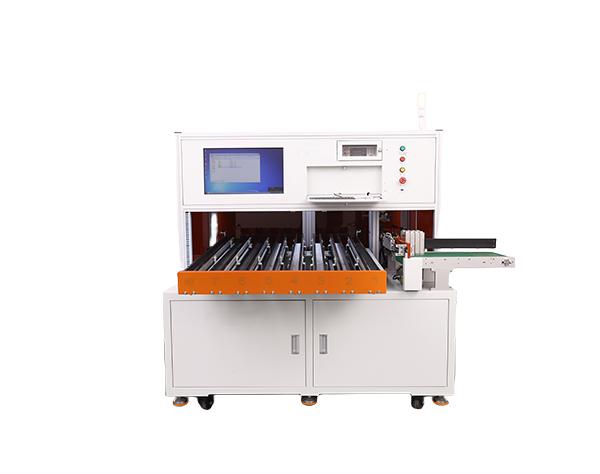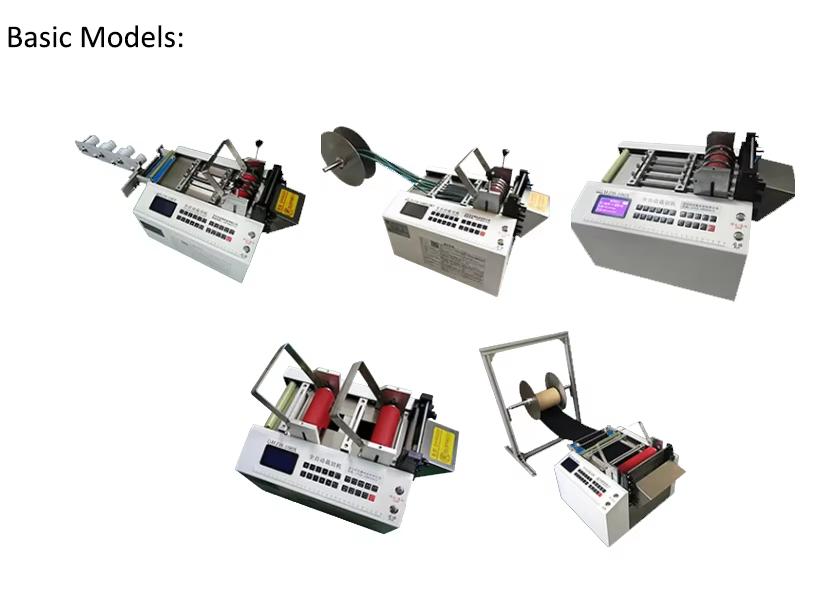Battery life is shortened? It may be the internal resistance that is at work!
As the "energy heart" of new energy vehicles, the performance of batteries directly determines key factors such as the vehicle's cruising range, charging speed and service life. With the booming development of the electric vehicle market, the topic of battery technology has become more and more the focus of people's attention. Today, we will deeply analyze a concept that has caused widespread discussion in the industry-battery AC internal resistance.
Battery internal resistance refers to the total resistance encountered when current flows through the battery, and is an important parameter in battery performance evaluation. It includes two parts: ohmic internal resistance and polarization internal resistance. Among them, ohmic internal resistance is the inherent resistance determined by factors such as the resistance of the battery material itself, electrolyte and electrode contact surface; while polarization internal resistance is related to the electrochemical reaction that occurs during the charging and discharging process of the battery. AC internal resistance mainly refers to the internal resistance characteristics exhibited by the battery under the action of alternating current.
The importance of understanding the battery AC internal resistance is that it directly affects the power output capacity of the battery. When current passes through the battery, the greater the internal resistance, the greater the loss of electrical energy converted into heat energy, which leads to a decrease in the effective output energy of the battery. In addition, the increase in internal resistance will also cause the battery to heat up more, which will affect the battery's service life and safety and stability. Therefore, reducing the battery's internal resistance, especially the AC internal resistance, plays a vital role in improving the battery's performance.
How to measure the battery's AC internal resistance? At present, one of the commonly used methods is through the electrochemical impedance spectroscopy (EIS) test. This test applies a small amplitude AC signal of different frequencies to the battery and measures the battery's voltage response to obtain the battery's impedance value at different frequencies. By analyzing these data, we can understand the resistance distribution inside the battery in detail, providing a basis for further optimizing the battery design.
In practical applications, engineers usually try to reduce the AC internal resistance through a variety of ways. For example, improving the material formula of the battery, optimizing the electrode structure design, and improving the conductivity of the electrolyte. At the same time, ensuring good contact between the electrode sheets through precise manufacturing processes can also effectively reduce the generation of internal resistance.
It is worth mentioning that the battery's AC internal resistance will also change under different usage conditions. When the battery is aged or damaged, the internal resistance usually increases, resulting in a decrease in battery performance. Therefore, regular detection of the battery's AC internal resistance is of great significance for evaluating the battery's health and predicting the remaining service life.
In the field of new energy batteries, whether it is lithium-ion batteries, solid-state batteries or other new battery technologies, AC internal resistance is always a key parameter that cannot be ignored. It not only affects the actual driving performance of electric vehicles, but also affects the safety and efficiency of the entire energy storage system.
Battery AC internal resistance is the intersection of multiple fields such as material science, electrochemistry and power electronics. It plays an important role in battery design and performance optimization. With the continuous advancement of new energy technology, the research and application of battery AC internal resistance will be more in-depth in order to achieve higher energy efficiency and longer cycle life.
In the future, we look forward to the advent of better battery technology, which will have lower internal resistance, stronger power output, and longer service life, bringing broader development prospects for new energy vehicles and even the entire clean energy field. All of this is inseparable from the continuous and in-depth exploration of battery AC internal resistance.







 粤公网安备 44030602007174号
粤公网安备 44030602007174号